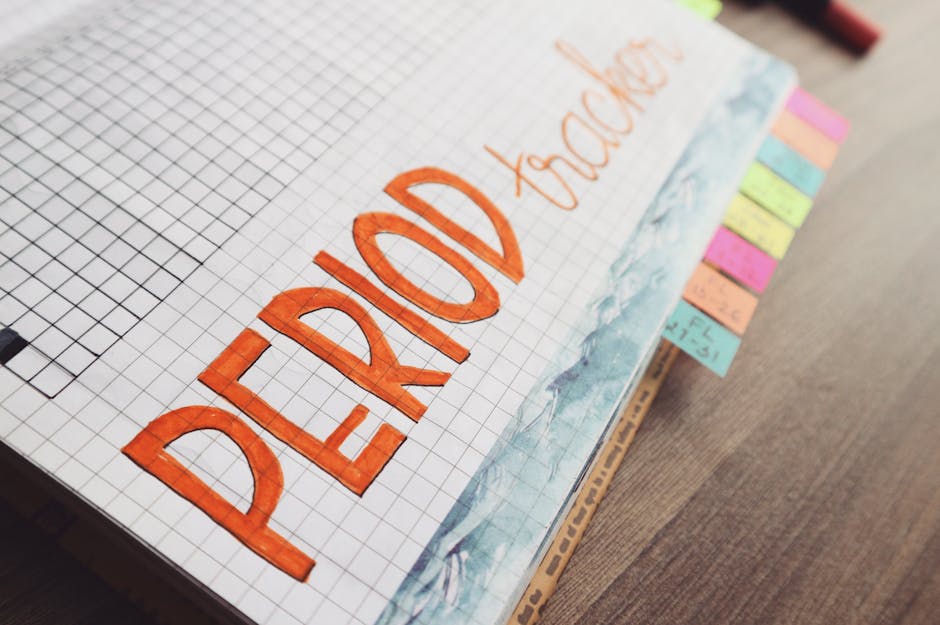Optimizing Social Media App Deployments with Kubernetes and Docker in 2025
The landscape of Social Media app development continues to evolve rapidly, demanding highly scalable, resilient, and automated deployment strategies. With the ubiquity of Kubernetes and Docker in modern DevOps workflows, engineering teams in 2025 are rethinking their approaches to efficiently deliver feature-rich Social Media platforms to end-users. This post provides an expert-level deep dive into optimizing Social Media deployments with Kubernetes and Docker, covering architecture, automation, scaling, and integration best practices.
## Table of Contents
– [The Evolving Requirements of Social Media Deployment](#evolving-requirements)
– [Architecting for Scalability with Kubernetes](#scalability-kubernetes)
– [CI/CD Automation: Streamlining Updates](#ci-cd-automation)
– [Advanced Monitoring and Recovery](#monitoring-recovery)
– [Security Best Practices for Social Media Apps](#security-practices)
– [Conclusion](#conclusion)
The Evolving Requirements of Social Media Deployment {#evolving-requirements}
Modern Social Media applications must support millions of concurrent users, real-time content delivery, and dynamic scaling. Achieving low latency and high availability is non-negotiable. Containers and orchestration platforms help teams abstract away infrastructure, enable zero-downtime deployments, and automate critical operational tasks.
- Elastic Scalability: Auto-scale app instances during peak usage.
- Zero-Downtime Deployments: Seamless feature rollouts without service interruption.
- Service Reliability: Automated failover and recovery.
- Rapid Versioning: Push frequent updates with blue/green and canary deployments.
Architecting for Scalability with Kubernetes {#scalability-kubernetes}
Kubernetes brings native support for scalable, distributed Social Media architectures. By leveraging Kubernetes resources, developers can build robust environments that are both cost-effective and responsive to user demand. These architectures enable automatic scaling, resilient networking, and declarative management of service state.
- Horizontal Pod Autoscaling (HPA): Adjusts deployment replicas based on real-time CPU/memory metrics.
- Custom Resource Definitions (CRD): Tailor platform objects to fit unique Social Media domain requirements.
- Service Mesh Integration: Enhance service-to-service communication and enable A/B testing at scale.
Using Docker for image creation ensures consistency across environments. Kubernetes configures and orchestrates these containers for high performance and reliability.
CI/CD Automation: Streamlining Updates {#ci-cd-automation}
Modern Social Media SaaS teams depend on robust CI/CD pipelines to automate code integration, testing, security scanning, and production deployments. Integration with Kubernetes enables declarative, reproducible rollouts and instant rollbacks when needed.
- GitOps Practices: Drive configuration from version control for consistent state management.
- Automated Build & Test: Containers are built, scanned, and tested on every push.
- Progressive Delivery: Deploy new features to subsets of users and gather feedback before full rollout.
Automated pipelines not only reduce manual intervention but also support compliance and auditability of every deployment event, crucial in SaaS-scale Social Media environments.
Advanced Monitoring and Recovery {#monitoring-recovery}
Observability is a first-class citizen for Social Media platforms. In 2025, advanced monitoring stacks using Prometheus, Grafana, and distributed tracing tools provide deep insight into application health, end-user experience, and infrastructure usage.
- Automated Alerting: Real-time alerts on anomalies in user activity or latency spikes.
- Self-Healing Workloads: Kubernetes auto-restarts failed containers and rapidly reroutes traffic.
- Service Level Objectives (SLOs): Enforce uptime and latency guarantees with actionable performance data.
Security Best Practices for Social Media Apps {#security-practices}
With sensitive user data and rapid feature iteration, Social Media applications require a robust, layered security approach. Integrating security at every stage of the development lifecycle is essential for safeguarding user trust.
- Secrets Management: Use tools like Kubernetes Secrets and HashiCorp Vault to store credentials securely.
- Automated Vulnerability Scanning: Scan container images before production releases.
- Role-Based Access Control (RBAC): Limit permissions for users and services in Kubernetes clusters.
- Network Policies: Segment workloads and restrict traffic with least-privilege intent.
Conclusion
- Kubernetes and Docker provide a mature, scalable foundation for modern Social Media app deployments in SaaS environments.
- Automation and observability enable rapid, reliable feature rollouts and recovery with minimal downtime.
- Security must be embedded throughout the deployment pipeline, leveraging secrets management and strict access controls.
- As user demands evolve, leveraging progressive delivery and real-time monitoring ensures sustainable growth and high-quality experiences.
Unlock more advanced insights and best practices on Social Media SaaS architecture and DevOps by visiting our blog:
https://metvibe.com/blog/category/social-media/
